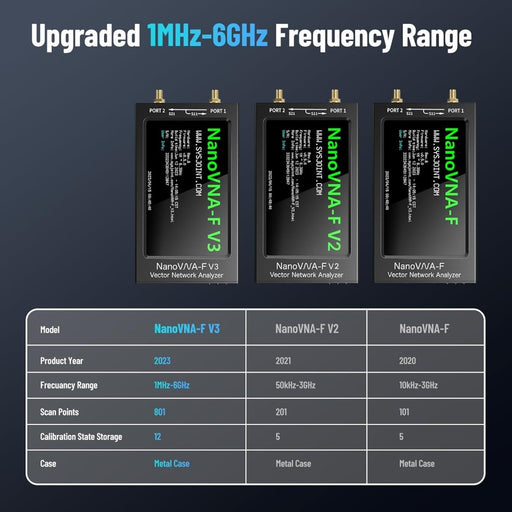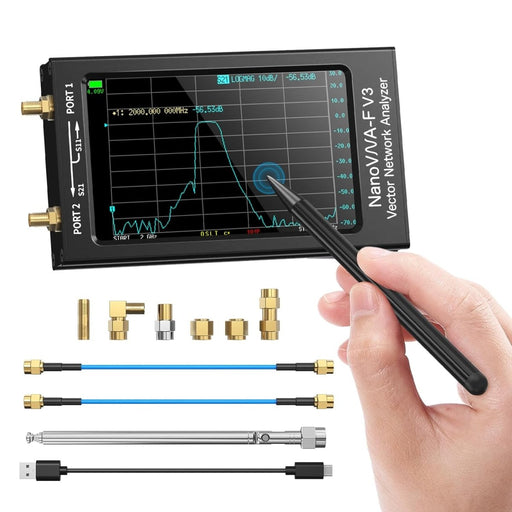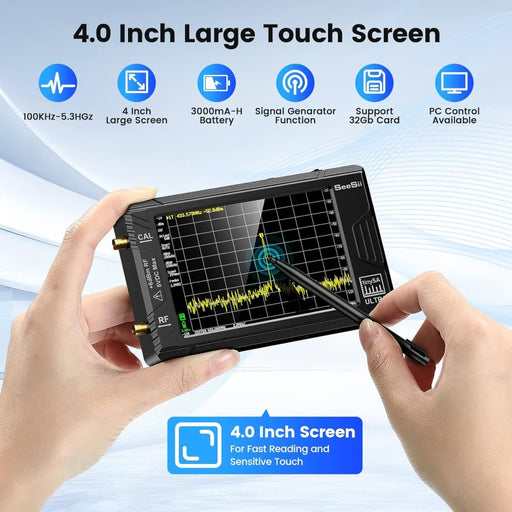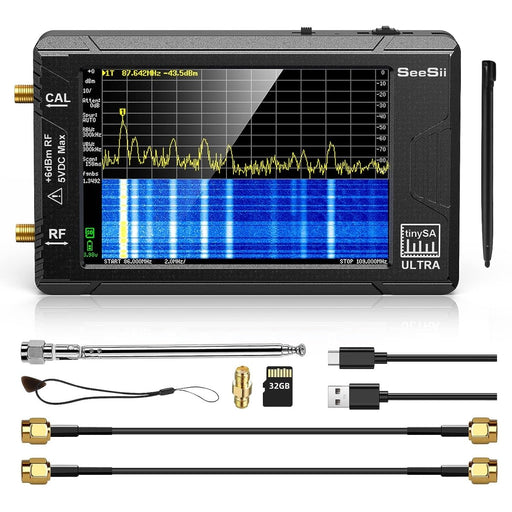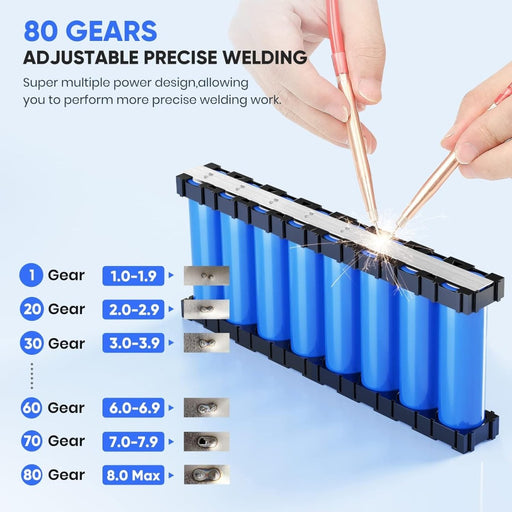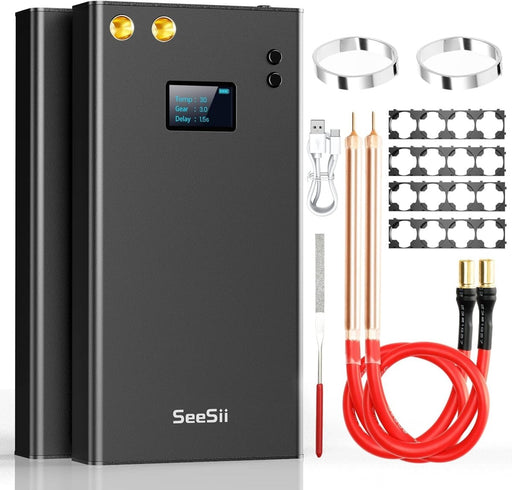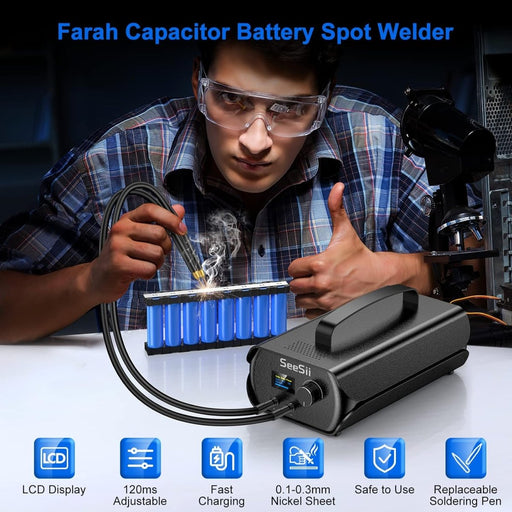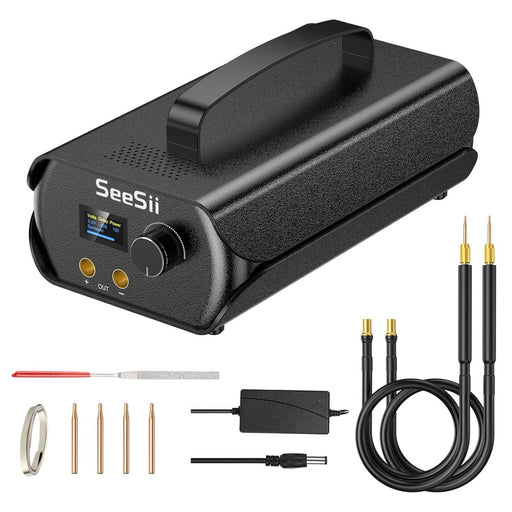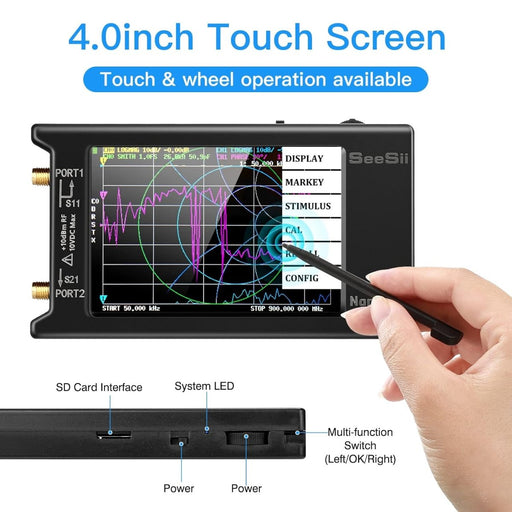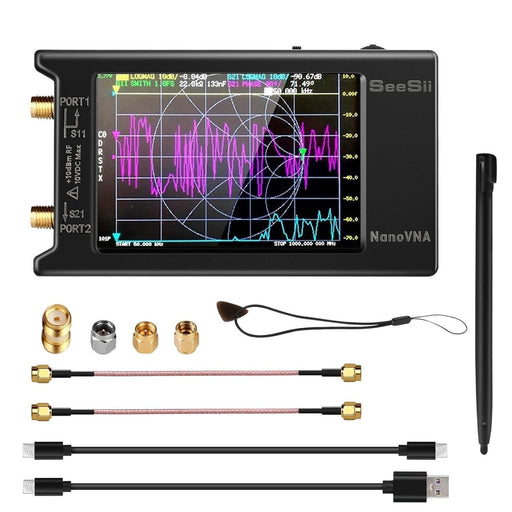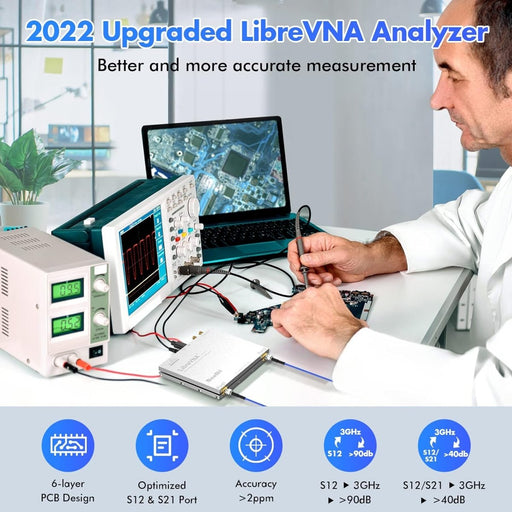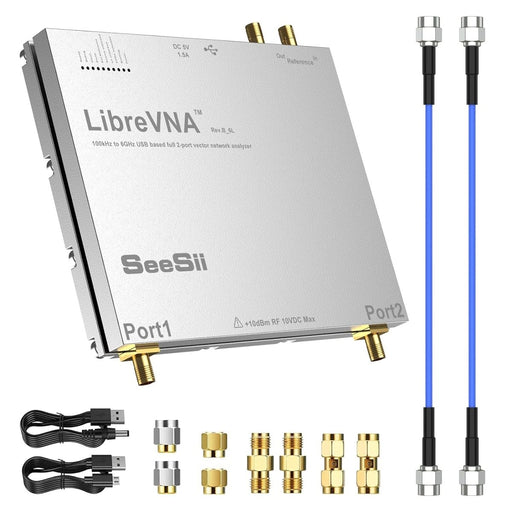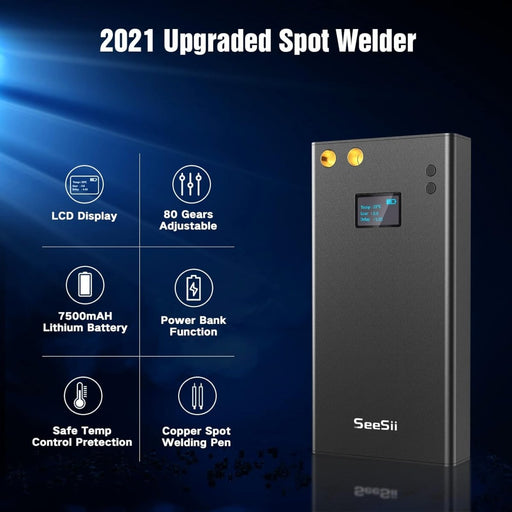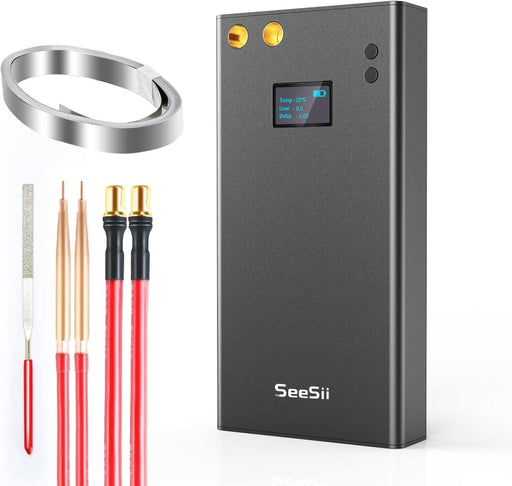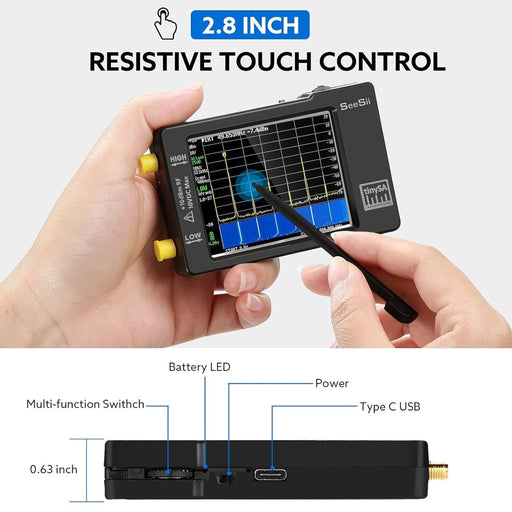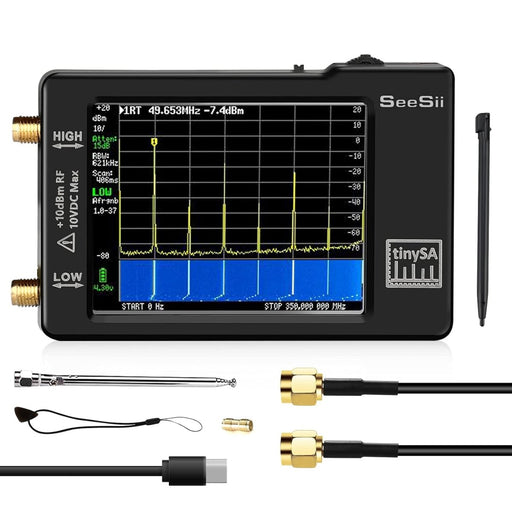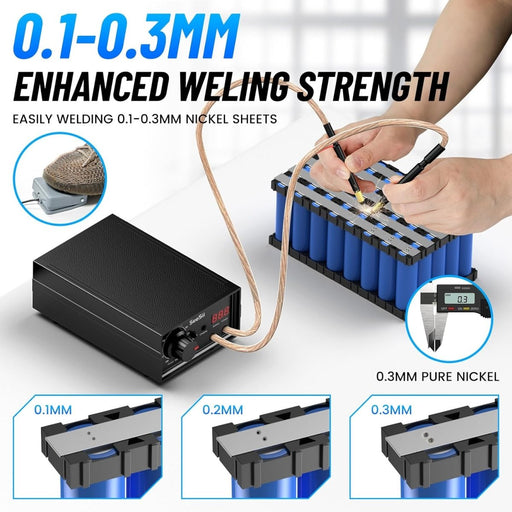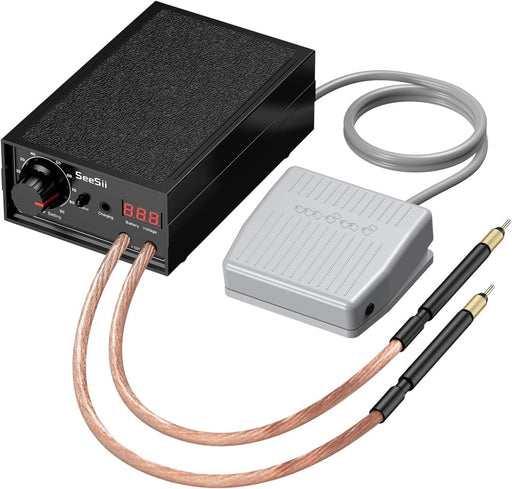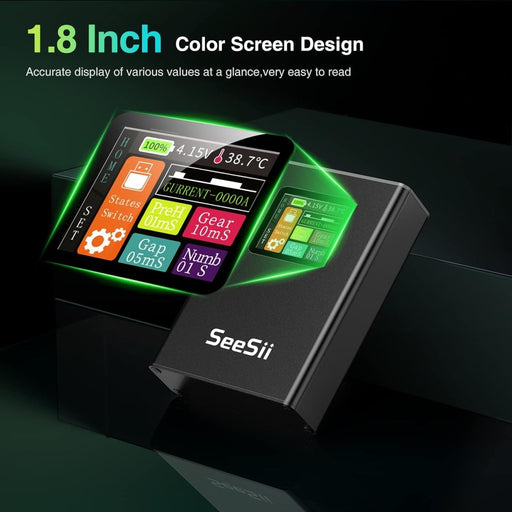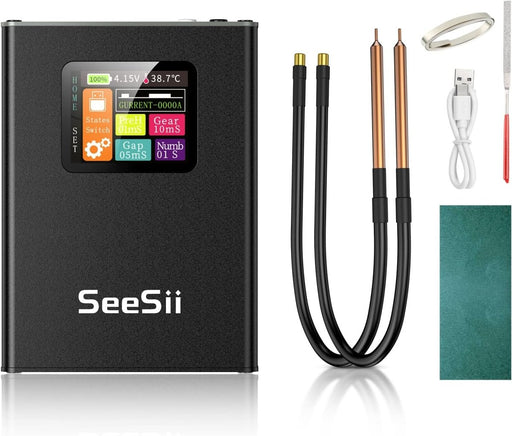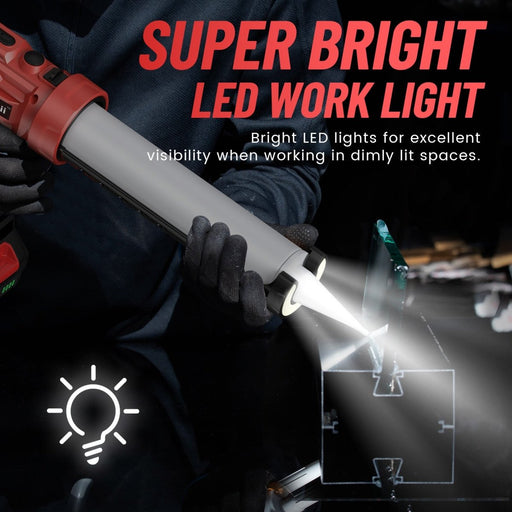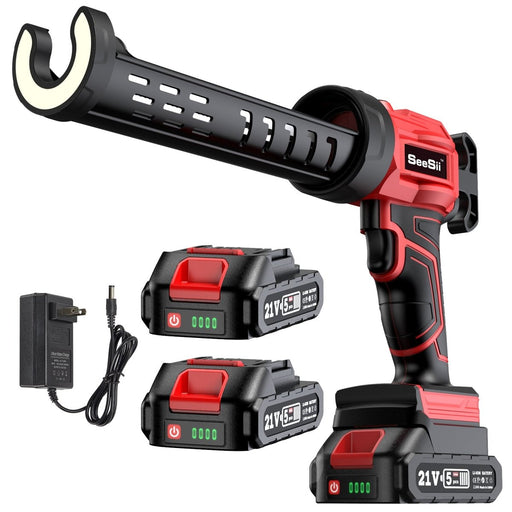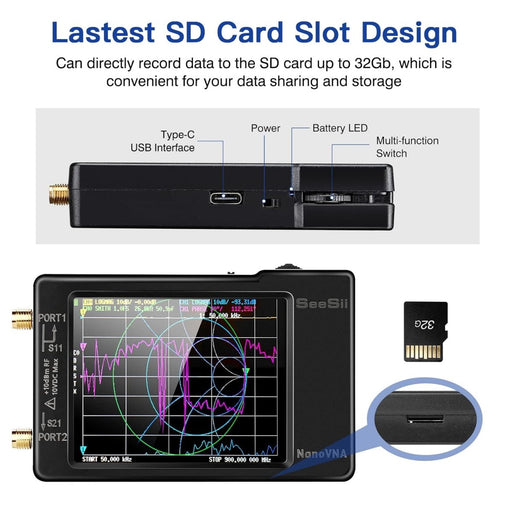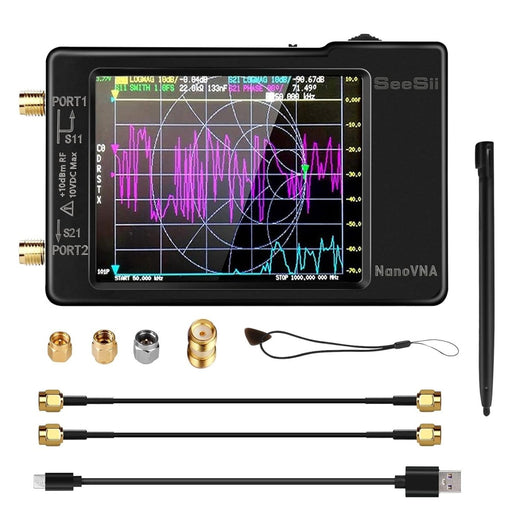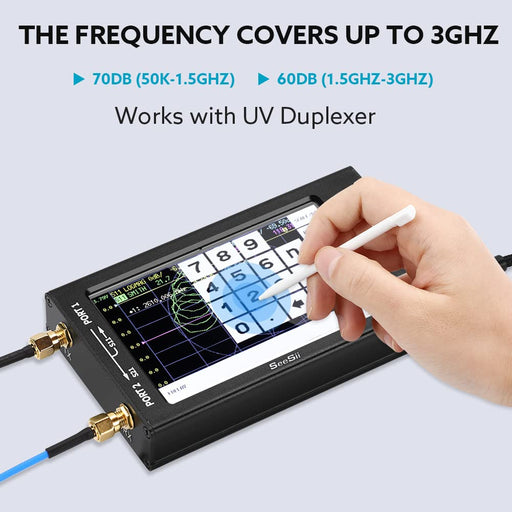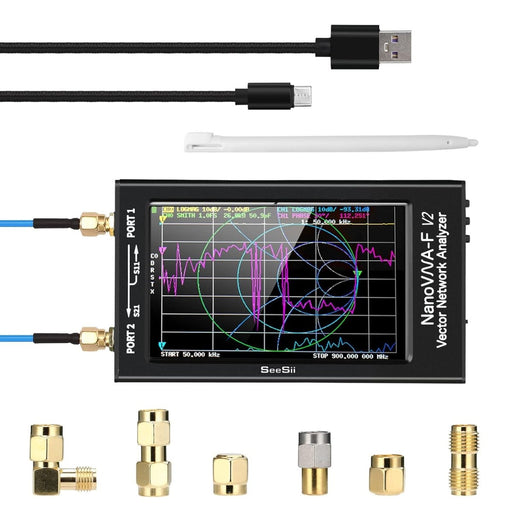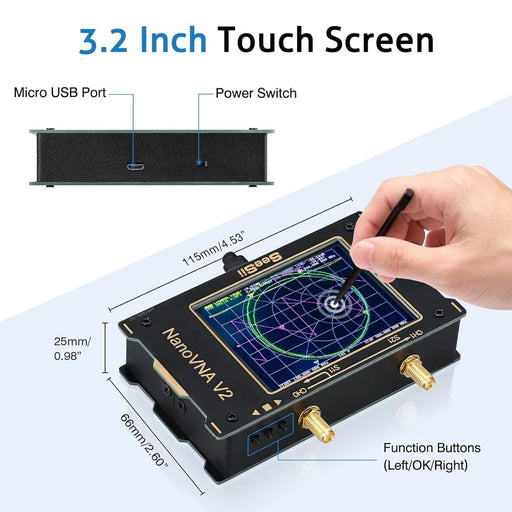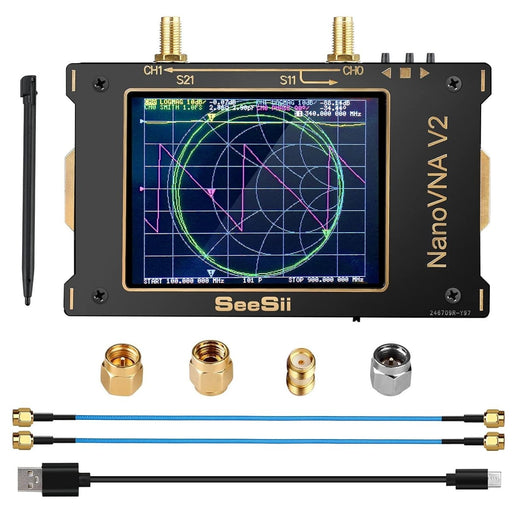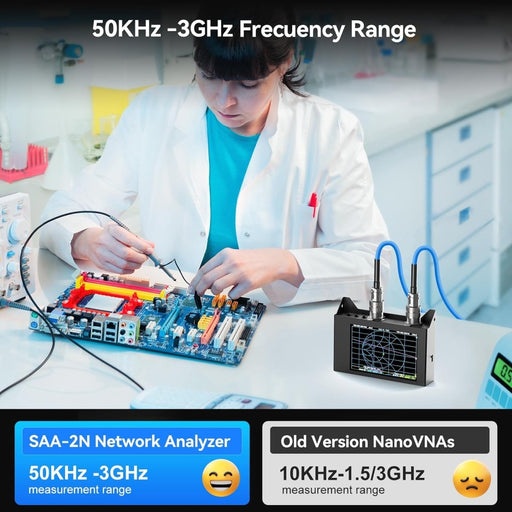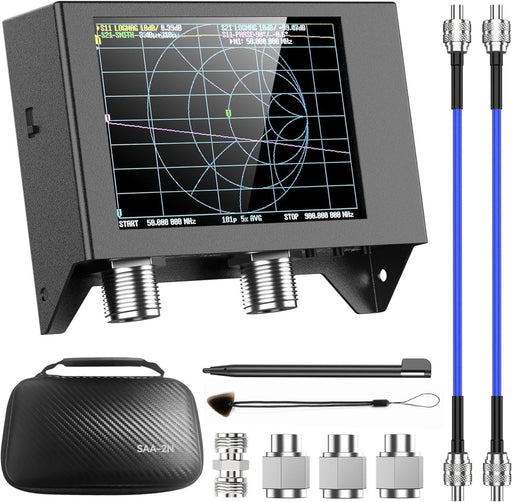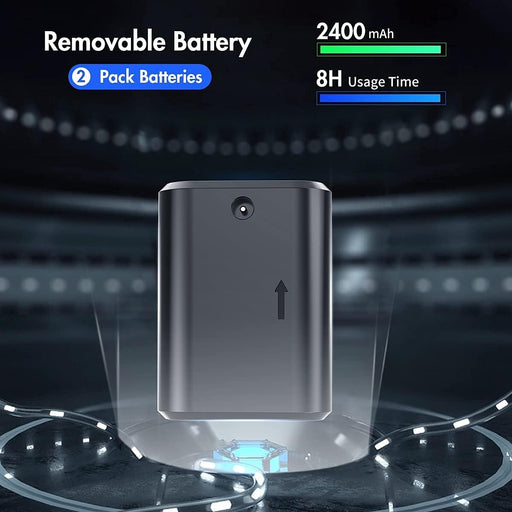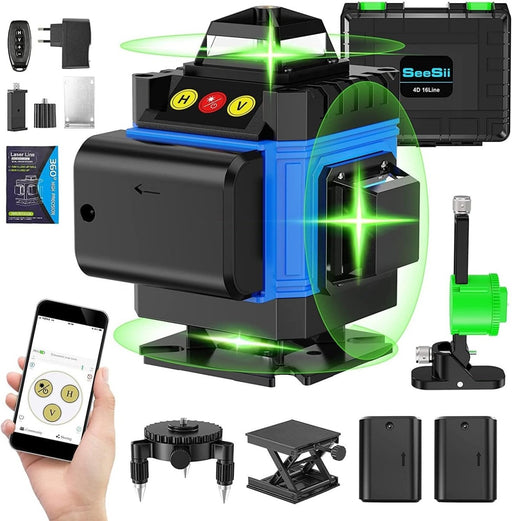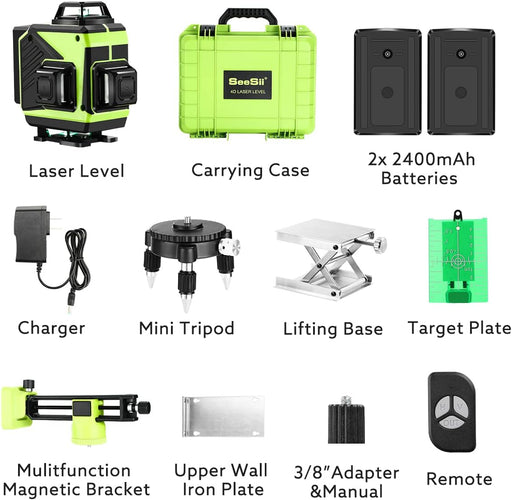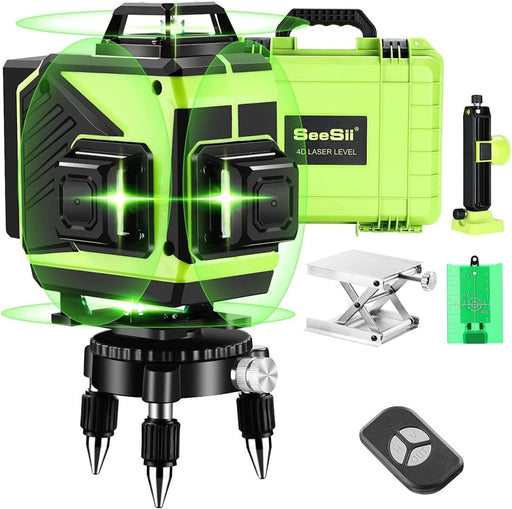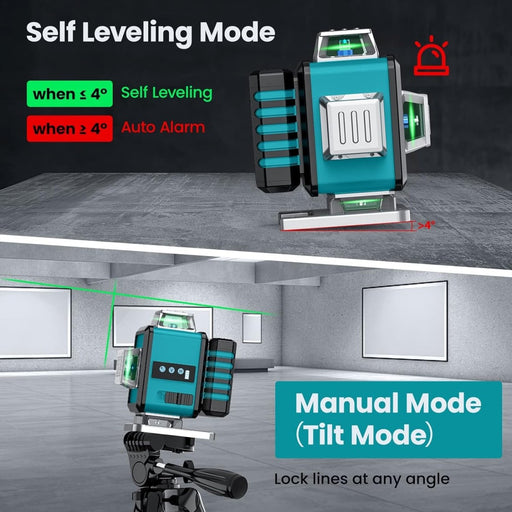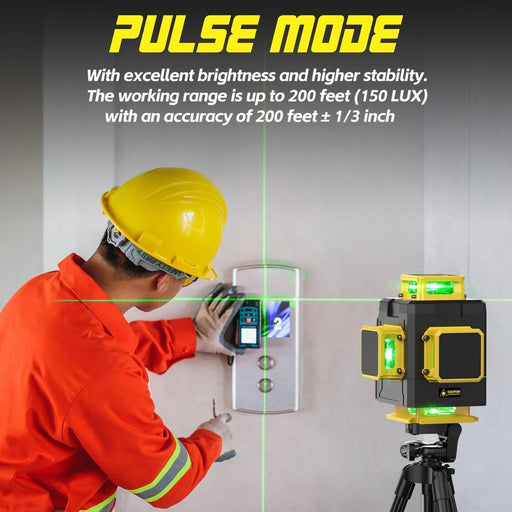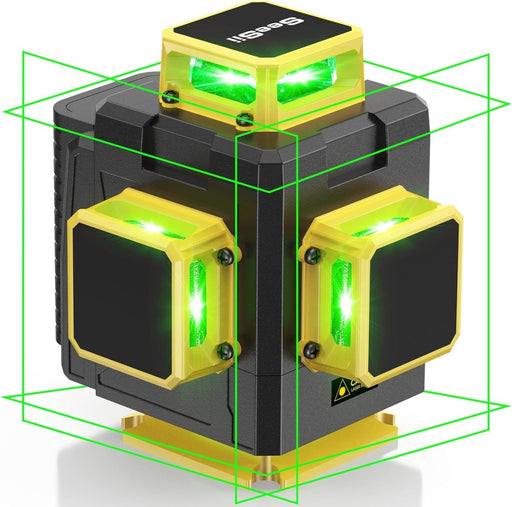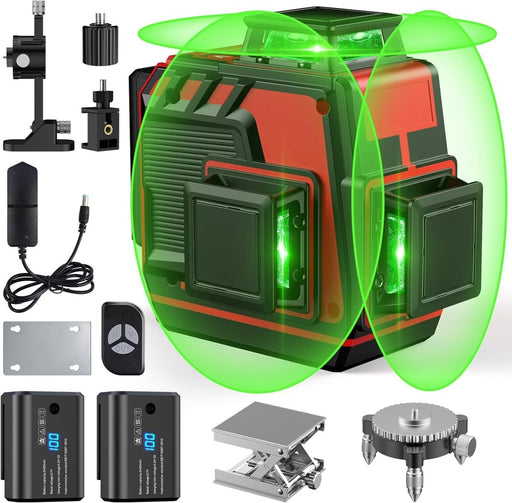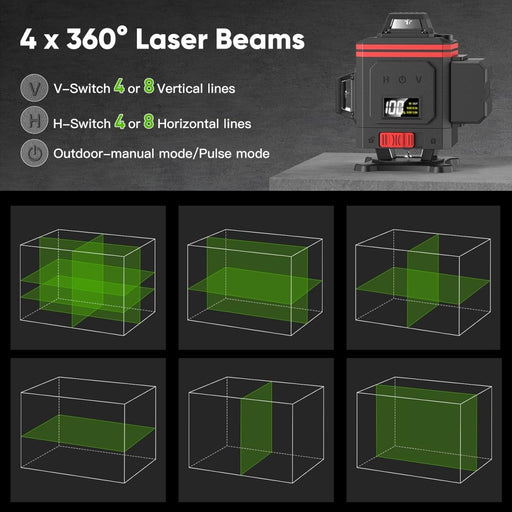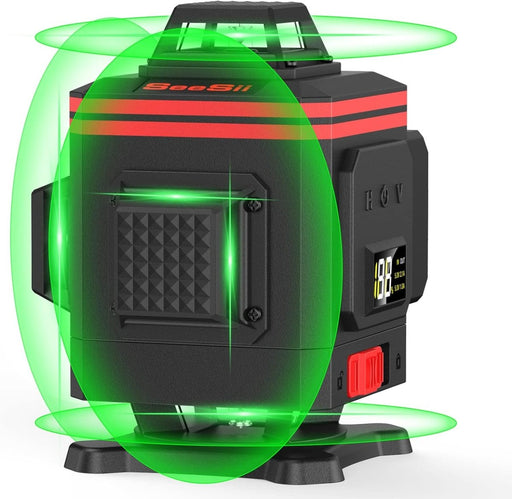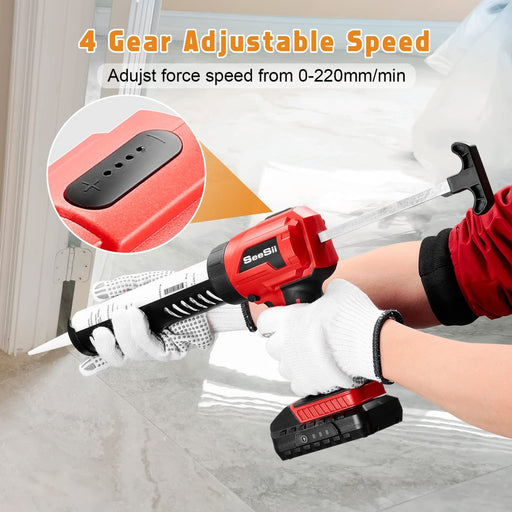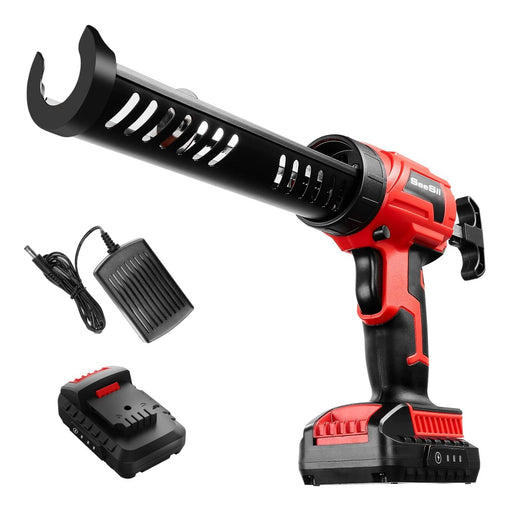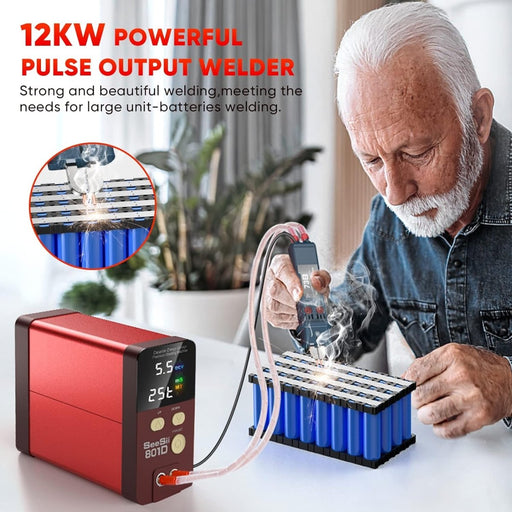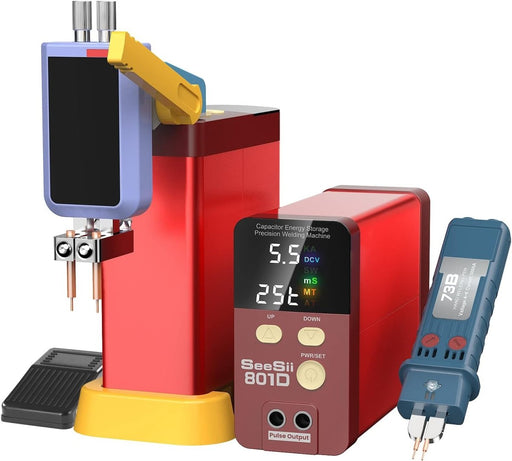What is a vector network analyzer?
A vector network analyzer (VNA) is an advanced tool used to measure the electrical properties of a device or network, especially in the areas of radio frequency (RF) and microwave engineering. It works by sending a known signal through the component and then analyzing how the signal is altered, both in amplitude and phase, across different frequencies. This allows users to understand how well a device, like an antenna or filter, transmits or reflects signals. VNAs are essential for designing and optimizing high-frequency systems, ensuring they perform efficiently and reliably.。
What role does NanoVNA play for amateur radio enthusiasts?
The NanoVNA is an essential tool for amateur radio enthusiasts, offering a compact and affordable way to analyze antennas and tune radio equipment. It allows users to measure parameters such as standing wave ratio (SWR), impedance, and signal loss across a wide frequency range. With its ability to provide real-time data, the NanoVNA helps operators optimize their antennas for better signal clarity and transmission efficiency. For hobbyists, it simplifies tasks that once required more expensive equipment, making it a must-have for fine-tuning and troubleshooting radio setups.
Does tinySA use the same hardware as nanoVNA?
No, the tinySA and NanoVNA use different hardware tailored to their specific functions. The tinySA is designed for spectrum analysis and signal generation, while the NanoVNA focuses on vector network analysis. However, they do share some components, such as the display, battery, and housing, particularly in the NanoVNA-H version. Despite these similarities, the internal hardware of tinySA is optimized for its distinct purpose.
Is spot welding stronger than MIG welding?
No, The following is a brief introduction and comparison of these two welding methods.
Spot Welding: Spot welding generates heat through electrical resistance at the contact point between thin sheets of metal. It’s commonly used in the automotive industry for joining sheet metal. While efficient, the welds are small and localized, so overall strength can be limited, especially if too few welds are used.
MIG Welding: MIG welding uses a continuous wire feed to create a larger, stronger weld. It penetrates deeper into the material and is suitable for a wide range of metal types and thicknesses. This method provides better overall durability and is ideal for thicker materials and structural applications.
Comparison: MIG welding usually results in stronger and more consistent welds because it covers a larger area and achieves deeper penetration. Spot welding is effective for thin sheets but lacks the strength needed for thicker or high-stress materials.
What are network analysis methods?
Several tools are available for network analysis, depending on specific needs such as analyzing social, communication, or biological networks. Below are some commonly used tools:
- Gephi: An open-source tool widely used for visualizing and analyzing large networks in social network analysis, complex systems, and data mining.
- Cytoscape: Originally designed for biological network analysis, it is also effective for social networks and integrating complex datasets.
- Pajek: Useful for analyzing and visualizing large networks, including social networks and citation networks.
- NetworkX: A Python library that enables the creation, analysis, and visualization of complex networks through code.
- UCINET: A tool for social network analysis that provides techniques like centrality, clustering, and network structure examination.
- Neo4j: A graph database that stores and queries large-scale networks, ideal for managing complex relationships between entities.
- Graphviz: A software for rendering network diagrams, often used to draw graphs of nodes and edges in diverse applications.
- ORA (Organizational Risk Analyzer): A tool for assessing risks and vulnerabilities in social, organizational, and communication networks.
These tools offer various functionalities for network creation, analysis, and visualization, providing value to researchers, engineers, and data scientists.
What types of Seesii S spot welders are there?
SeeSii offers several types of spot welders designed for different needs. Here are some of the common models:
Seesii SE-003 11000mAh Spot Welder: This model has an 80-level adjustable output and is equipped with a large 11000mAh battery. It’s perfect for tasks like welding nickel strips for battery packs, including 18650 and similar battery types. It features an LCD screen for precise control over power and settings
Seesii SE202 Spot Welder with Farad Capacitor: A more advanced model with 120 adjustable gears and dual capacitors, this unit can handle thicker nickel sheets (up to 0.3mm). It's ideal for longer, more intense welding sessions, thanks to its energy-efficient design that allows for extended use without overheating
Seesii SEE-07 5000W Spot Welder: This model is designed for high-power welding with 9 adjustable gears and the option of using a foot pedal for more controlled welding. It’s suitable for those who need to weld thicker materials or require more precise control
These models cater to different levels of welding intensity and precision, making them suitable for both hobbyists and professionals working on battery packs or small metal projects.
What are the uses of Seesii S spot welders?
The Seesii S spot welder is primarily used for small-scale welding tasks, making it an essential tool for several applications:
Battery Pack Assembly: One of the most common uses is welding nickel strips to cylindrical lithium-ion batteries like 18650, 21650, and 32650 cells. This is essential for assembling battery packs for devices such as electric bikes, power tools, and portable power stations
DIY Projects and Repairs: Hobbyists and DIY enthusiasts use Seesii spot welders for various metal joining tasks, including building custom battery packs or repairing electronics and metal parts.
Welding Thin Metal Sheets: The Seesii spot welder can easily weld thin metal sheets, typically nickel, steel, or other conductive materials, up to 0.3mm thick. It’s ideal for welding small metal components, including those in electronic circuits and appliances
Portable Welding Tasks: Due to its compact, battery-powered design, it's useful in portable applications where mobility and ease of use are critical, such as field repairs and emergency situations
These welders are widely appreciated for their precision, ease of use, and adjustable power settings, catering to both beginners and professionals.
What types of Seesii laser levels are there?
Seesii offers a range of laser levels tailored for different tasks, including construction, home improvement, and surveying. Some common types of Seesii laser levels are:
4D Laser Levels: These models, such as the Seesii LL121, offer 16 lines with 360° coverage, providing precise leveling and alignment for complex tasks like tiling or framing. They project horizontal and vertical lines in four directions, making them ideal for large spaces and high-precision tasks.
Cross Line Laser Levels: These levels emit two intersecting lines—horizontal and vertical—for tasks requiring right angles, such as installing cabinetry or hanging wallpaper. They are self-leveling, easy to use, and highly visible in various lighting conditions.
Rotary Laser Levels: Seesii also produces rotary laser levels that project a continuous 360° beam, perfect for outdoor projects or large-scale construction where long-distance leveling is necessary.
Dot Laser Levels: These project single or multiple dots for pinpoint accuracy, often used in electrical and plumbing applications where precise point alignment is critical.
Each of these models includes self-leveling capabilities and uses bright green lasers, which are more visible than red ones, especially in bright environments. Many also come with rechargeable batteries and a variety of accessories, such as tripods or remote controls, to enhance their functionality.
These laser levels cater to a wide range of needs, from professional construction to DIY projects, ensuring precision and efficiency across various applications.

